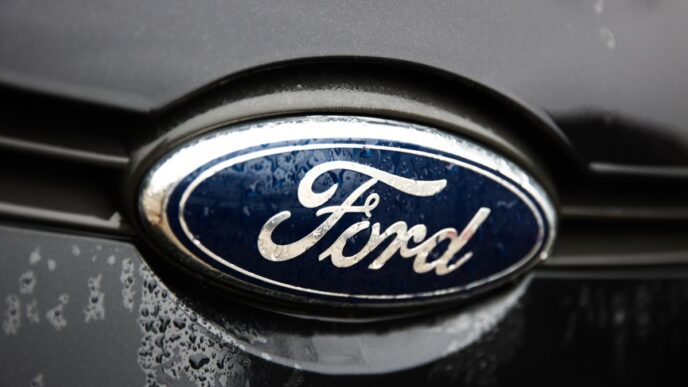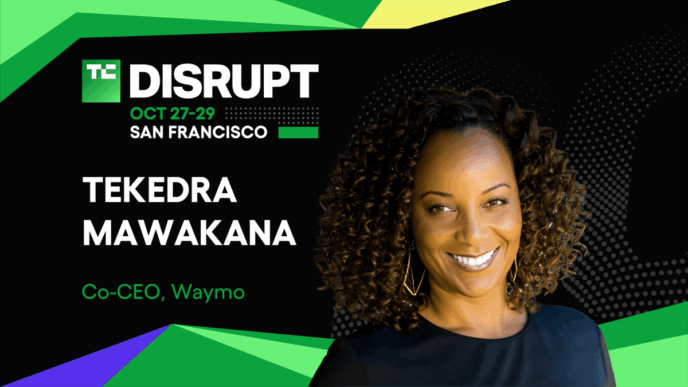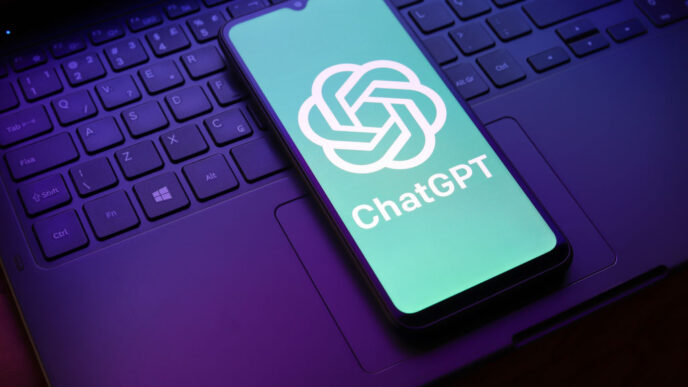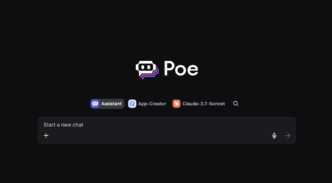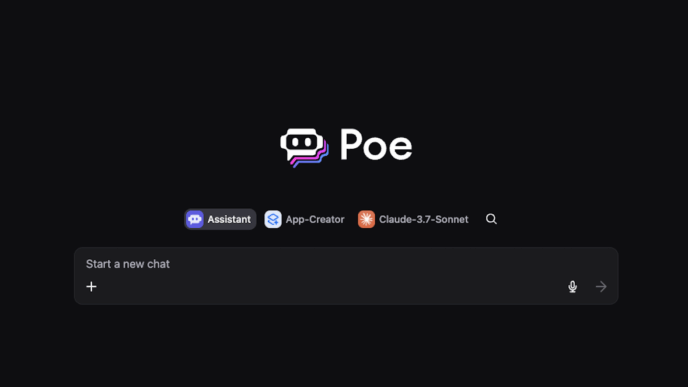Google is testing AI-powered age detection across its services in the U.S. The new system analyzes account data—like search history and YouTube viewing habits—to estimate if users are under 18. If flagged as a minor, users get an email detailing changes to their experience.
Minors will see Maps timelines disabled, personalized ads gone, age-restricted ad categories blocked, and no access to adult apps in the Play Store. YouTube’s digital wellbeing features like break reminders and bedtime alerts turn on automatically. The system also limits repeat exposure to content that could harm body image.
Users can challenge age tags by submitting a government ID or selfie for manual age verification.
This expands on Google’s recent rollout of youth protections on YouTube. The company says previous tests in other markets went well but didn’t specify locations.
Other platforms like Instagram and Roblox already use AI for age checks. Legal pressure is mounting in the U.S. and UK to enforce age gating with laws like the Online Safety Act.
Google explained its combo approach:
“Age assurance helps us ensure that adults can access the information and services they need, while also applying the right protections for our younger users. Our approach to age assurance uses a combination of age estimation and, when necessary, age verification.”
More age gating is coming as the tech giants and regulators tighten rules for kids online.




